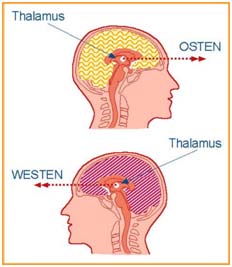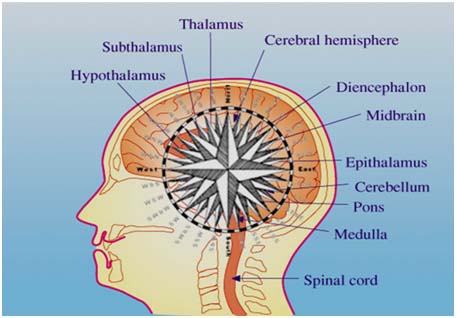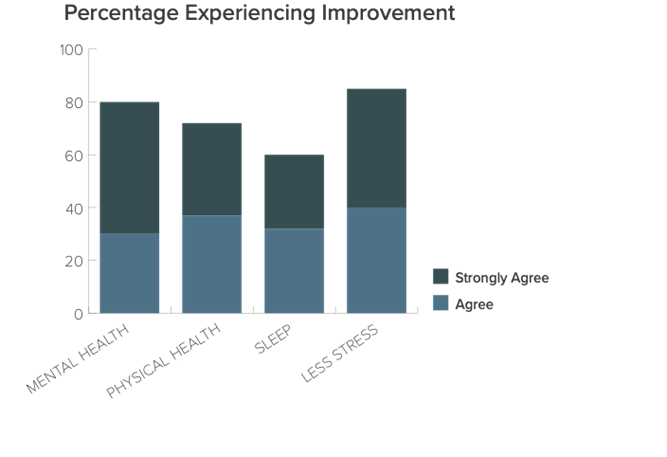From David Kettle 2021-03-09
Research on the impact of direction on people’s wellbeing are:
Buildings function differently based on their orientation. Misfortunes and disease result from wrongly-oriented buildings.1
Families living in homes with south entrances had the poorest mental health, most financial problems, and the most burglaries.1
Research on the orientation of buildings.
Patients with bipolar disorder in hospital rooms with east-facing windows recuperated four days sooner than those in rooms with west windows.5
Subjects who slept with head to north scored worst on a mental health exam,1 and head to east and south were best, as predicted.2
When an architecture firm moved into an MVA office building employees generated 50-80% more original ideas, and creativity rose steeply.3
Brain Cells Fire According to Orientation

The firing patterns of neurons in the thalamus of the brain are altered by the direction one is facing.
This links into studies picking up billions of magnetites in the brain making it sensitive to orientation. There is a compass in the brain.

“Using ultra sensitive superconducting magnetometer in a clean-lab environment, the presence of ferromagnetic material in a variety of tissues from the human brain have been detected.” When analysed under high resolution electron imaging equipment, they strongly resemble the same magnetotatic structures seen in magnetotactic bacteria and fish.


Neural networks in the brain are organised in 3D right angled structures.9
These right-angled networks align with the importance given to oreintation in Maharishi Vedic Architecture.
Body-mass index (BMI) was healthier when a subject had been exposed primarily to east light rather than west.4
A Nobel laureate concluded that to minimize skin cancer one should get solar exposure in morning, not afternoon.6
A quality-of-life questionnaire of 158 individuals, from 14 different countries indicated that the principles and practices of Maharishi Vedic Architecture (MVA) contributed to the quality of life for home occupants (see bar chart below Percentage Experiencing Improvement). In addition, the lived experiences of respondents would indicate those who live in MVA homes for a longer duration (i.e., >3 years) rate their experiences higher than those of shorter duration.7
